Ever wonder how a simple fence can make your yard eco-friendly? Learn about environmentally friendly fences. They’re sustainable, look good, and work well. Now, you can have a stylish fence that also helps the planet.
Now, there are many green fencing options. Bamboo grows quickly, up to three feet per day, adding a natural touch. Reclaimed wood adds beauty and keeps waste out of landfills. Natures Composites is changing the game with fences made from recycled plastic and natural wheat straw. These unique materials help the fence last longer and are better for the Earth.
Living fences are another great choice. Fences made from trees or hedges, like those by Privacy Trees Inc., not just give privacy but also clean the air. They help by reducing the amount of CO2 in the atmosphere1.
Choosing fence materials like aluminum and steel is smart for the planet. They cut down on carbon emissions and waste. Plus, they last a long time. When you choose green fences, you’re choosing a better future for your garden and the world.
Key Takeaways
- Eco-friendly fences offer a blend of sustainability, durability, and aesthetic appeal.
- Bamboo is a highly sustainable option, growing up to 3 feet per day1.
- Recycled composite materials and reclaimed wood prevent landfill waste and provide rustic charm12.
- Living fences contribute to CO2 filtration, enhancing air quality1.
- Eco-conscious materials such as aluminum and steel reduce carbon emissions and promise longevity3.
Introduction to Eco-Friendly Fencing
More homeowners and designers are picking eco-friendly fences. They enhance your property’s look and help the planet too.
Why Choose Sustainable Fencing?
Bamboo grows fast and helps clean the air better than some trees4. Recycled plastic fences are long-lasting and fight off rot and bugs4. Aluminum fences are recyclable and don’t need big machines to put up5.
Benefits of Eco-Friendly Fences
These fences last longer, need less fixing, and help the environment. Composite fences stay good longer than wood ones and are easier to care for4.
Green fence designs are not just good for the earth. They also look great. Plastic fencing lasts a long time and resists bad weather and pests6.
Value Fencing makes their products in eco-friendly ways6. Plastic fence panels look like wood but are easier to care for6.
Bamboo Fencing: Nature’s Marvel
Bamboo fencing is key in the world of sustainable materials. It grows back quickly and is good for the earth. This makes it perfect for those who want their homes to be green and beautiful.
The Rapid Growth and Sustainability of Bamboo
Bamboo is known for how fast it grows. It can take in and store a lot of carbon dioxide. This helps our air be cleaner7. Bamboo grows to be mature in just a few years, much faster than hardwood trees. This helps protect forests from being cut down7.
It is tough and can live in many places. Its roots help keep soil from eroding and control water flow7. Bamboo doesn’t need much care because it fights off pests naturally. So, it’s clearly a top choice for being earth-friendly8.
Aesthetic Appeal and Durability
Bamboo fences look great and are very sturdy. They add a special touch to any outdoor area. Bamboo is used in many ways, from making furniture to flooring7.
Choosing bamboo means helping the planet stay green. Your fence will need less work over time because bamboo lasts a long time8. Brands like Cali Bamboo show how bamboo can save forests and still look amazing.
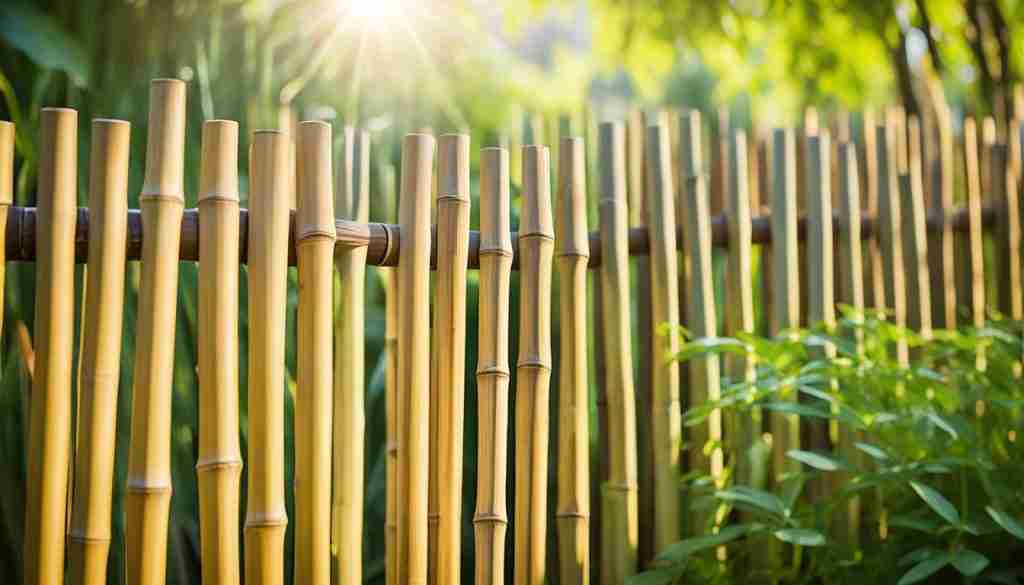
Installation Tips for Bamboo Fences
When setting up bamboo fences, pick the best poles. Make sure the ground is even and clean. Put the poles in deep and secure with concrete. Doing this right makes the fence strong. Bamboo keeps bugs away by itself, keeping you and your plants safe8.
Adding bamboo fences to your yard is good for the planet. It brings in more plants and looks nice. Bamboo is great for people who care about the earth and want their homes to reflect that.
Recycled Composite Fences: Innovative and Sustainable
Recycled composite fences are a top choice for those wanting eco-friendly fences. They use materials like Trex that are good for the planet and the fencing world. This method of making fences has changed the game by being both green and inventive.
What is Composite Fencing?
Composite fencing mixes recycled wood and plastic to make a durable and good-looking fence. Trex, a top brand, uses 95% recycled stuff. Their fences look like natural wood and last longer than regular wood by 10-15 years9. This means less often replacements and shows a true commitment to being green.
Environmental Benefits of Recycled Materials
Composite fences help the environment by using a lot of recycled stuff. For instance, Trex stops over 500 million pounds of plastic and wood from filling up landfills each year10. With almost 100% of factory waste reused, they really care about the planet10. Using these fences also adds points to LEED-certified building projects1011. It shows their big part in making fences that are kind to the earth.
Maintenance and Longevity
Recycled composite fences need very little care and last a long time. Trex fences last for at least 25 years, even in hard weather9. You just need to clean them with soap and water for upkeep9. This means you don’t need to use harsh chemicals. Also, it keeps the fence looking its best. These fences don’t just save you money on care. They also help the planet more than regular fences do10.
Recycled composite fences are strong, look good, and help the environment. They are a key part of building fences that are sustainable. By choosing these fences, you are choosing a fence that supports a healthy earth. Plus, they are perfect for modern gardens and homes because they are tough and last a long time.
Living Fences: Green and Growing Boundaries
Living fences are great for those who want eco-friendly fencing. They look good in the landscape and help the environment too.
Types of Living Fences
There are many types of living fences to choose from. For example, privacy trees and shrubs make beautiful fences. They also clean the air by catching CO212. Some good plants for hedges are Westringia, Acmena, Yew, and Laurel13. Vines like Hardenbergia violacea and Trachelospermum jasminoides look amazing, adding height to your fence13.
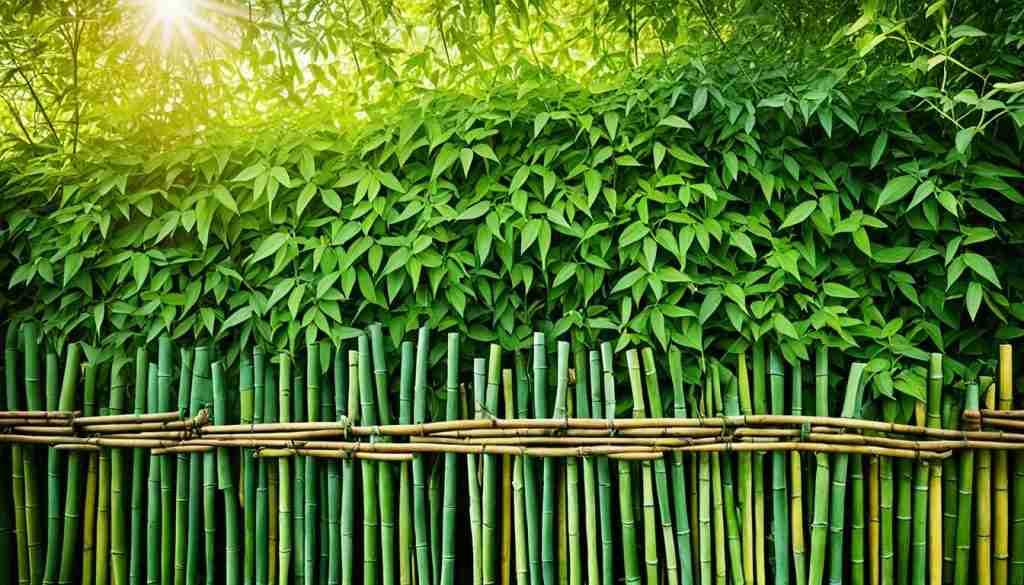
Benefits for Biodiversity
Living fences are great for wildlife. They make homes for insects, birds, and small mammals12. Different plants like Poa labillardierei, Pennisetum alopecuroides, and Schizachyrium scoparium help even more13. Living fences also cool down cities, making them 1 to 3 degrees cooler13.
Caring for Living Fences
Maintaining your living fence is important. Cut them regularly to keep them thick and full12. If your plants grow fast, they might need more water and compost13. Slow-growing plants like Boxwood might need less care once they’re big14. Remember to pick the right plants for your fence, checking how they grow and what they need13. For more help, check out guides like this one. It shows you fences that are better than the usual ones.
Environmentally Friendly Fences: Top Picks
When looking to keep your fence design green, choosing the right materials is key. Cali Bamboo is a top choice because it grows fast and naturally defends against bugs and decay1516. It also helps fight climate change by absorbing carbon. Bamboo fences look great and fit well in many landscapes.
Recycled options like those from Trex and Natures Composites are great for the planet. They use old plastics and wood fibers, making them sturdy and easy to care for1617. AltruWood and Centennial Woods turn used wood into fences, saving trees and lasting longer than new wood1517. Choosing recycled materials helps reduce the environmental impact of your fence.
SimTek’s Ecostone is made from recycled materials, keeping it strong and needing little care. Vinyl fences are not eco-friendly because they don’t break down and can release toxins1517. However, SimTek’s fence does not harm the environment thanks to its innovative recycled build.
Plants like privacy trees and shrubs can act as natural fences. They help the environment by creating homes for wildlife and cleaner air1516. These living fences promote a sustainable lifestyle while keeping your yard beautiful.
Metal fences that are recycled are another good option. They cut down on new metal use and are very durable1516. Green companies are designing these fences to be better for the earth. This way, even metal fences can be eco-friendly.
Hemp Fencing: A Budget-Friendly Option
Hemp fencing is a smart choice for those who want to go green outdoors. It naturally fights off pests and is very strong. This makes it a top pick for people caring for the planet. Find out why choosing hemp fences is great for your home.
The Versatility of Hemp
Hemp is known for being easy to grow and use for many things. It makes strong fencing that lasts a long time. People who love nature like it because it doesn’t need harmful chemicals. Plus, it stands up well to weather and bugs18.
Cost-Effective and Sustainable
Choosing hemp fences is good for your wallet and the earth. They are a money-saving way to keep your place safe. Out of 11 eco-friendly fencing options, hemp is named the best for saving money and being green. It is great for both city and country homes18. Also, it can stay strong for 25 to 50 years, which saves you more money in the long run19.
Installation Process
Hemp fences are easy to put up, so you can do it yourself. This simple process is why more people are choosing this kind of fence. It’s good for the environment too. Hempcrete fences are also praised for keeping places warm in the winter and cool in the summer. This makes your home look nice and keeps the planet safe20. Choosing this kind of fence means you save money and help the earth.
Reclaimed Wood Fencing: A Second Life for Timber
Reclaimed wood fencing is great for the environment. It lets us reuse wood in a smart way21. This makes beautiful and different fences for your yard. You can find reclaimed wood in many places, making it good for the planet and your home’s look.
Sources of Reclaimed Wood
Reclaimed wood comes from many places. For example, it can be from old barns, factories, and warehouses. Centennial Woods is a good source. It offers wood that has been through a lot and has great character because of it21. Wood from areas hit by natural disasters, like Montana’s Big Hole Valley, is another option22.
Advantages of Using Reclaimed Wood
Reclaimed wood has many benefits. It cuts down on the need for new wood, which is good for the earth21. It also makes your fence unique and tells a story. Choosing reclaimed wood means using what’s already there. This is key in making a fence with a low environmental impact22.
Design Ideas for Reclaimed Wood Fences
There are a lot of designs you can do with reclaimed wood. For a unique touch, think about using wood from old whiskey barrels22. It not only looks cool but also has a history. Or, you could try oak wood from old horse farms for a strong and classy finish in your yard22. These ideas not only look great but are also good for the planet. They show off the beauty of recycling wood.
Metal Fencing: Eco-Friendly and Elegant
Metal fences are known for mixing sustainability with a modern look. They are a top pick for people who care about the planet.
Recyclable Metals for Fences
Eco-friendly metal fences shine in their ability to be recycled. Take aluminum fences, for example. They can be reused over and over again without losing quality or pureness. Plus, recycling aluminum uses only a small amount – about 5% – of the energy needed to make it new23. Wrought iron is another great example. It can also be recycled, which helps cut down on trash and saves resources24. These lasting metal fences don’t just save materials. They help live a sustainable life too.
Contemporary Design and Durability
Fences made of steel or aluminum look fresh and modern. They add beauty to any outdoor space. And they are built to last for many years23. This long life cuts down on the need for new fences, saving resources and limiting waste24. These metals don’t easily rust either, so there’s no need for harmful coatings23.
Cost and Maintenance Considerations
Metal fencing may cost more at first. But they save money over time. Aluminum fences, for instance, need little more than water and mild soap to stay clean23. Using eco-friendly materials like powder coatings or safe paints extends their life and keeps them environmentally gentle24. Also, making these metals takes less energy and cuts down on shipping, making it cheaper in the long run23.
For those wanting both grace and a green path, metal fencing is a fine choice. It uses reusable materials and offers strong solutions for fencing needs.
Woven Hurdles: Traditional and Timeless
Woven hurdles have been a favorite for years for their look and use. They’re also eco-friendly, fitting well with green building ideas.
The History of Woven Hurdle Fencing
This fencing has been around for a long time, tied to countryside life. People weave flexible rods in and out for a fence that’s strong and lasts25.
Eco-Friendly Materials Used
Willow and hazel are key in woven hurdle fences. They are strong and can be found easily. These make fences that last up to 10 years26.
Installation and Aesthetic Appeal
Putting up woven hurdles is easy, and you can do it yourself. You can get panels in many sizes, and they’re not too pricey26. They can also be cut to fit your space perfectly26.
Woven hurdles have a special look that goes well with any garden. They add a bit of country feel to your place and are great for the earth25.
You can even find good deals on them, like half off on some fences with steel wire26.
| Height | Price Range | Discount |
|---|---|---|
| 3ft – 6ft | £32.99 – £129.99 | Up to 50% off |
Privacy Trees and Shrubs: Natural Barriers
Privacy trees and shrubs are great for homeowners who want green, effective fences. They offer privacy, look good, and help the planet.
The Eastern Redcedar can reach 40 to 60 feet high and 10 to 20 feet wide, perfect for a natural wall27. The Green Giant Arborvitae grows quickly, reaching 60 feet and adding 3 feet each year28. But it can get sick with brown leaves and root rot because it grows fast29.
Then there’s the Leyland Cypress. It grows over 3 feet a year, hitting 50 feet in 15 years2928. It’s quick but can get ill with canker and pests, which homeowners need to watch out for29.
For fences that are alive and colorful all year, try Camellias. They blossom in the colder seasons, adding color when most plants stay quiet29.
The “Blue Muffin” Arrowwood Viburnum grows white flowers in spring and blue fruits in summer. In fall, its leaves might turn yellow, red, or purple28. This makes for a lovely fence that also helps local wildlife28.
If you need something tough that can handle dry spells, check out the Chindo Viburnum. It’s sturdy and grows thick. The Japanese Plum Yew adds a unique look with its sharp, green leaves. It also keeps deer away29.
By using these plant fences, your home can be private and kind to the earth. It follows the idea of sustainable living.
Conclusion
Choosing eco-sustainable fencing helps homeowners mix style with caring for the planet. You can pick bamboo, which grows fast and helps fight climate change, or fences made of reused materials. These options make your yard look good while helping the environment303132.
Using recycled plastics or old wood in fences also stops waste from filling up landfills. This choice is kind to nature, keeping ecosystems healthy3132. Living fences are special. They are good for the earth, giving homes to small animals and helping plants grow31.
Making fences in an earth-friendly way is a smart and responsible choice. It fits any look or budget, making it easy for all homeowners. Adding green fence help in improving your home’s worth and aids in creating a better tomorrow32. Always look to places like Sustainable Home Magazine for more green living tips.

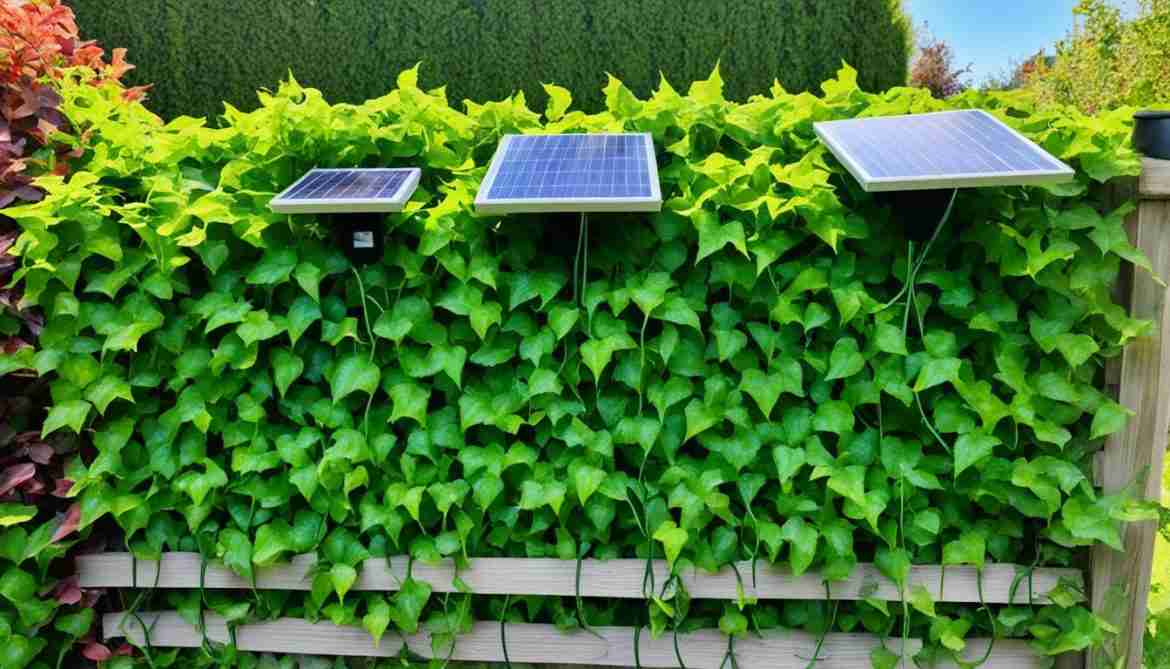
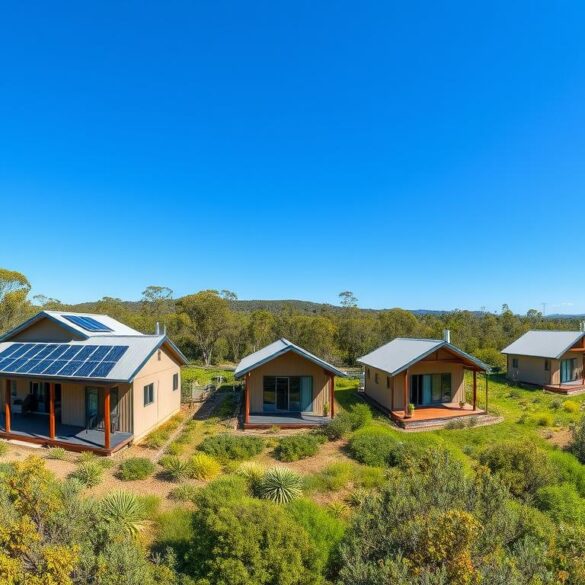
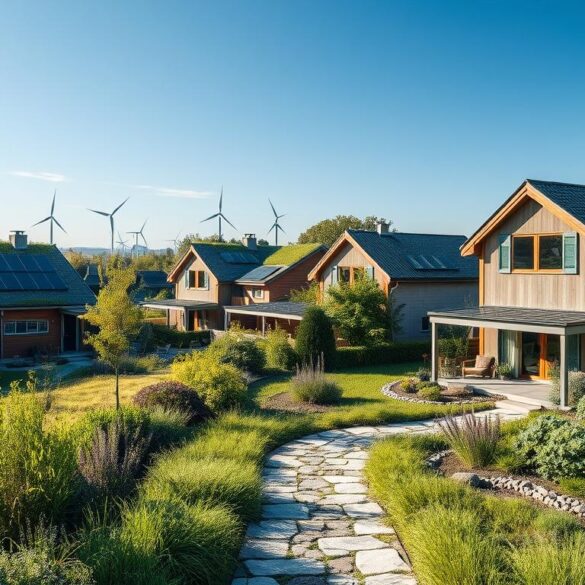
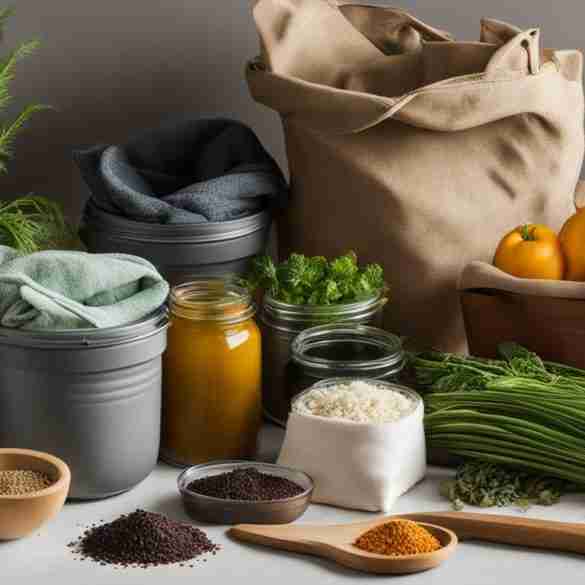
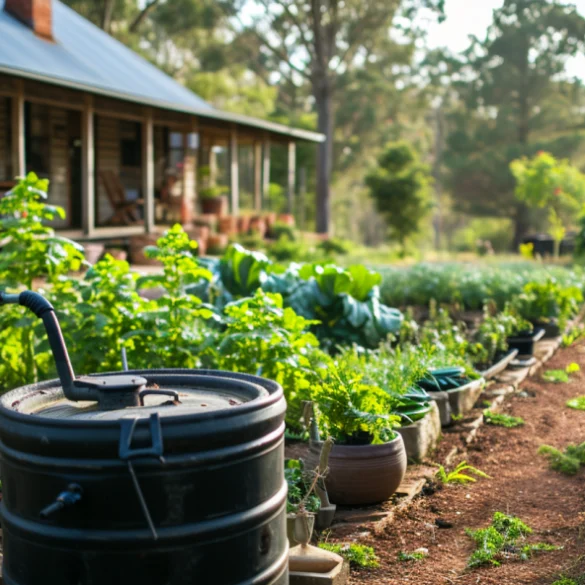
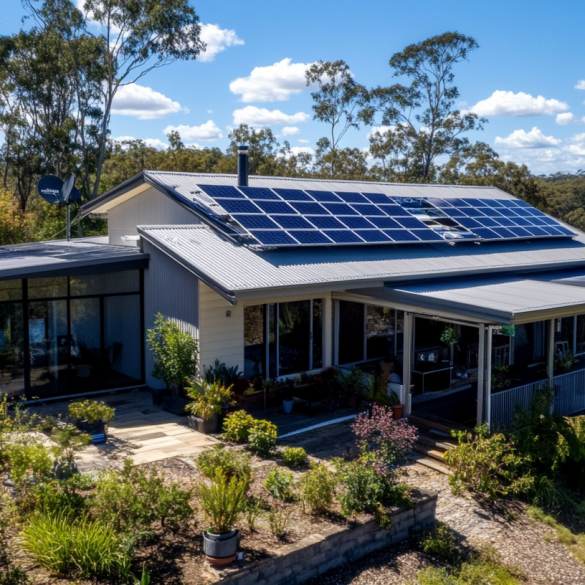
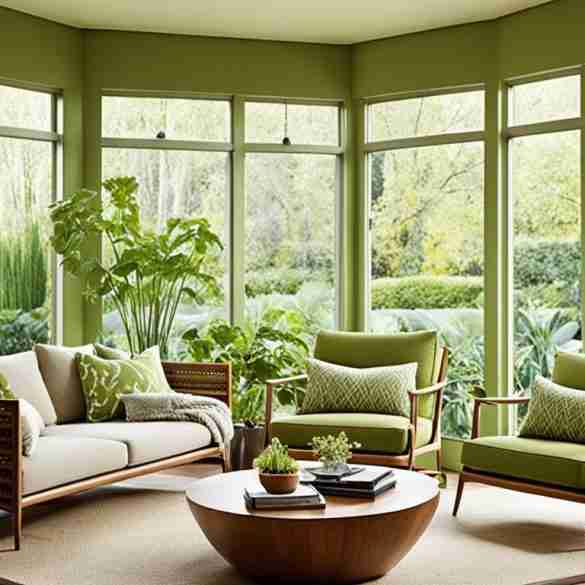
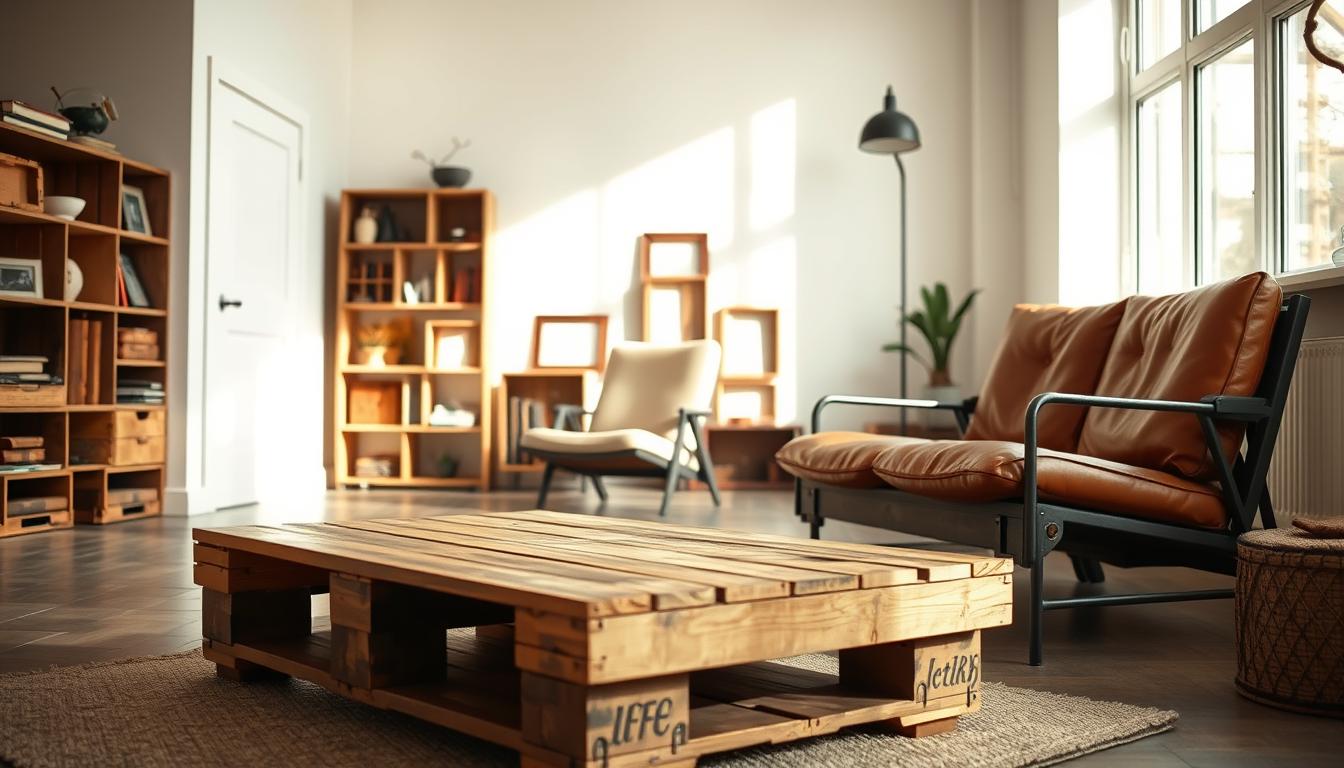

1 comment
For a great fence Elite Deck and Fencing Calgary can make it happen